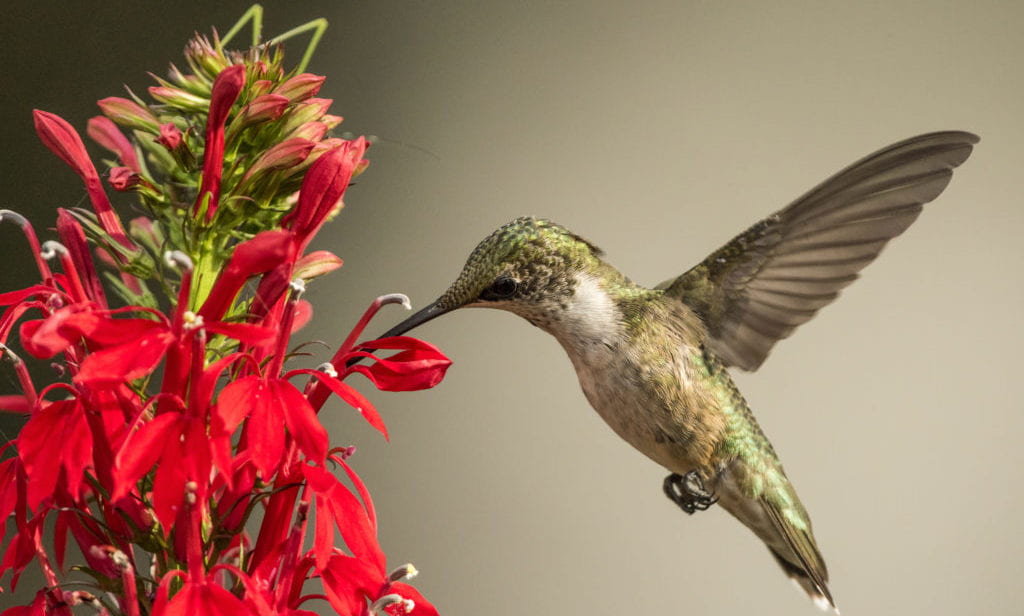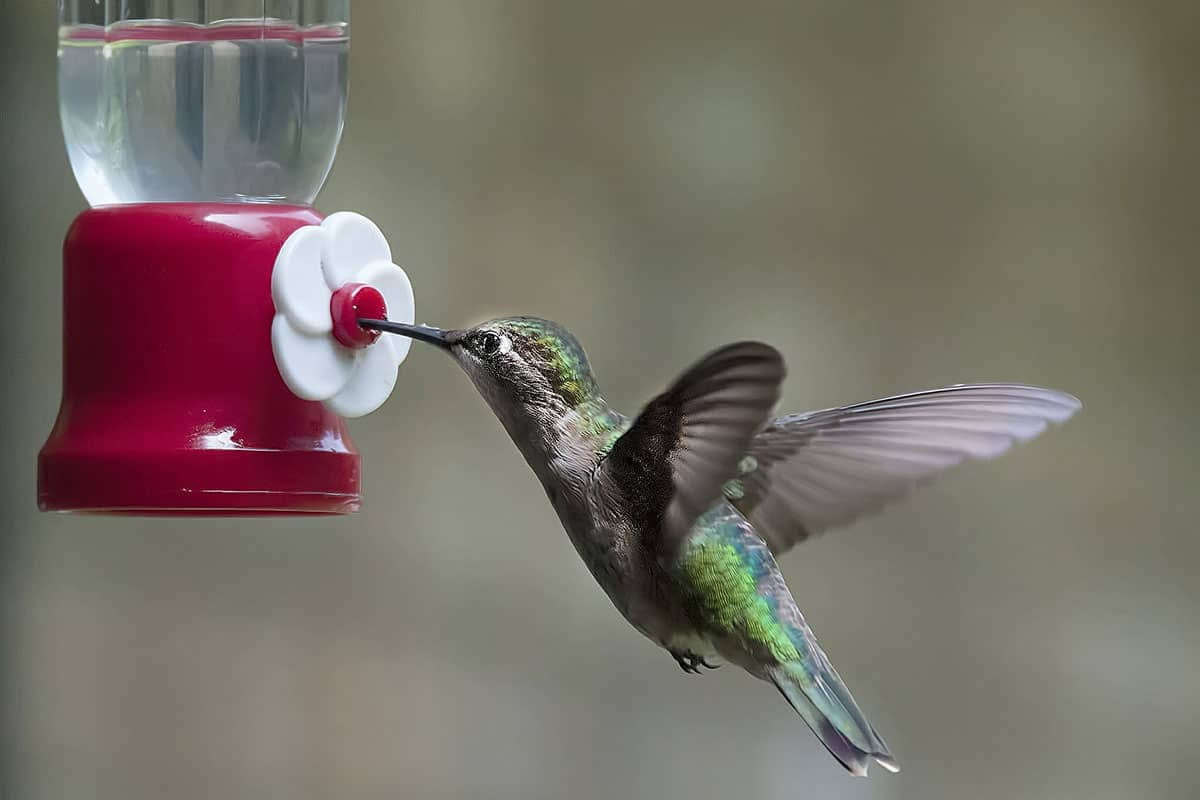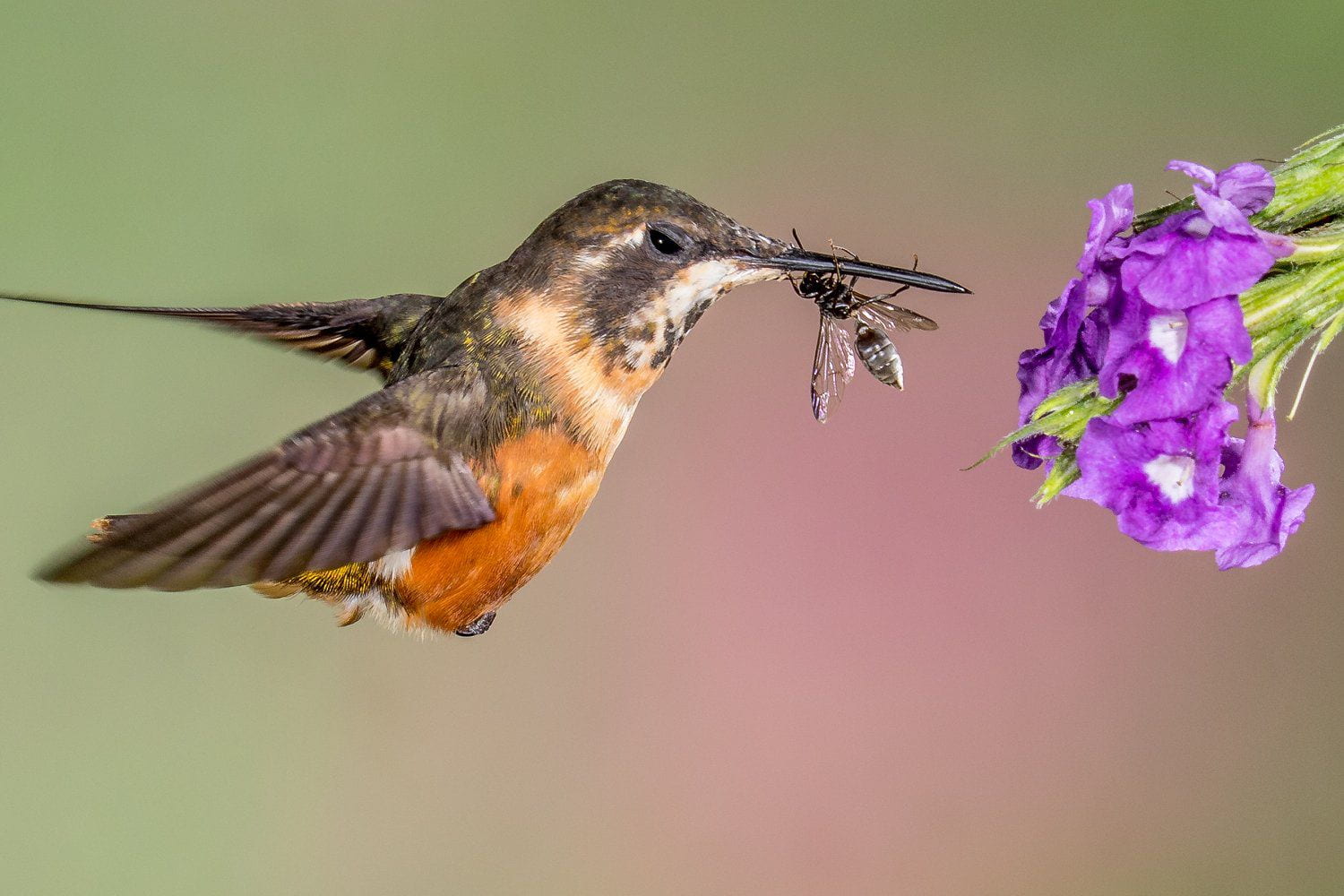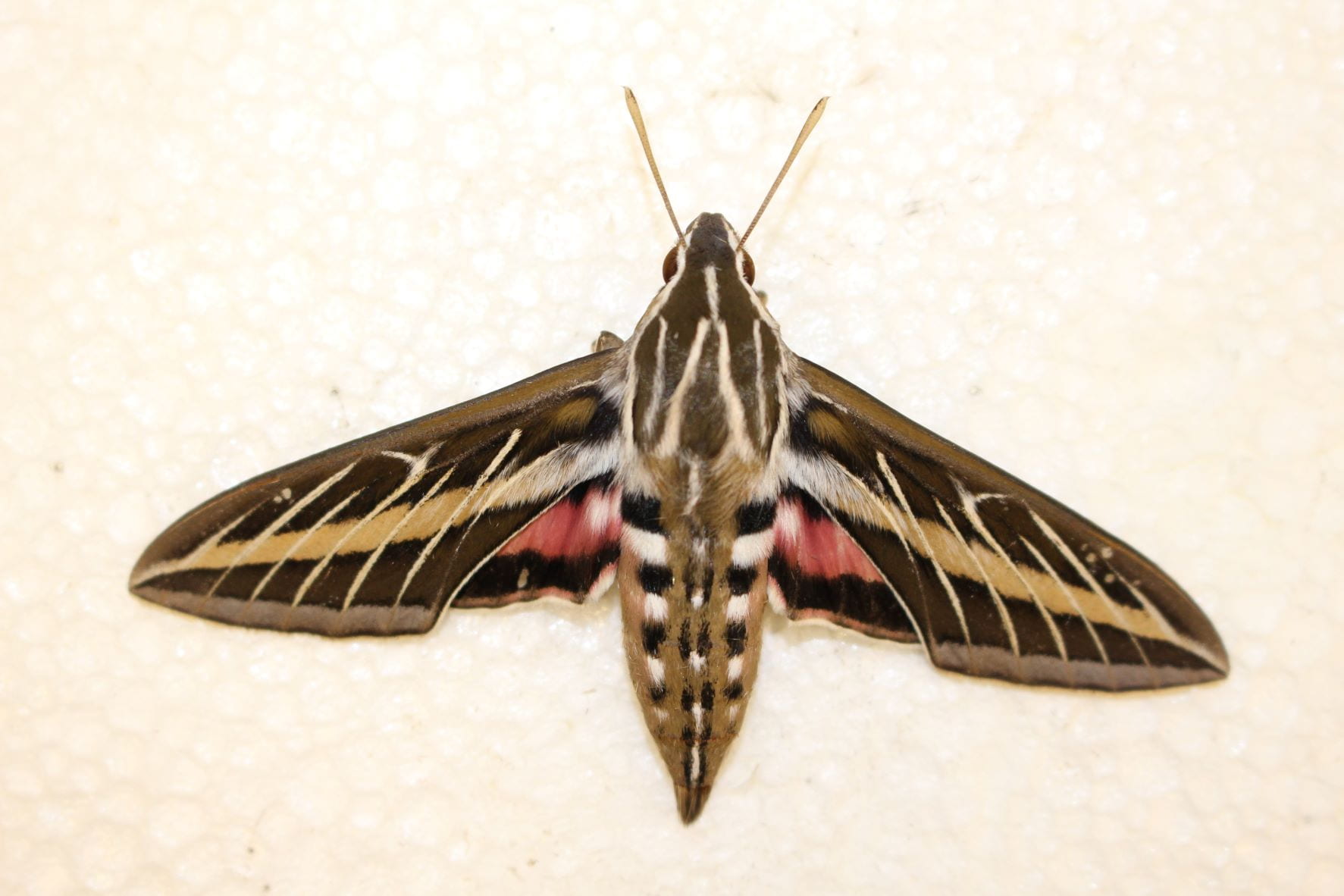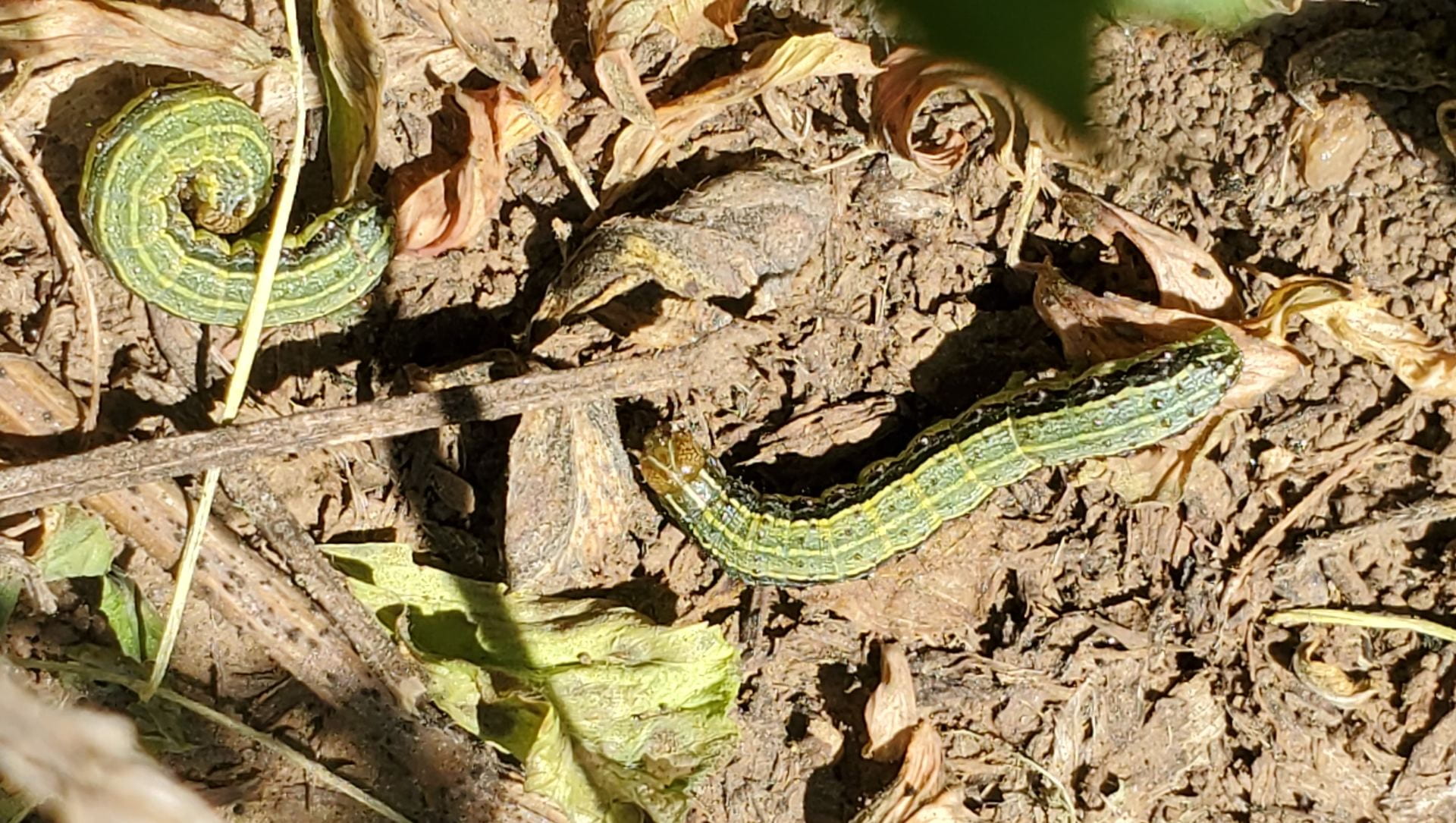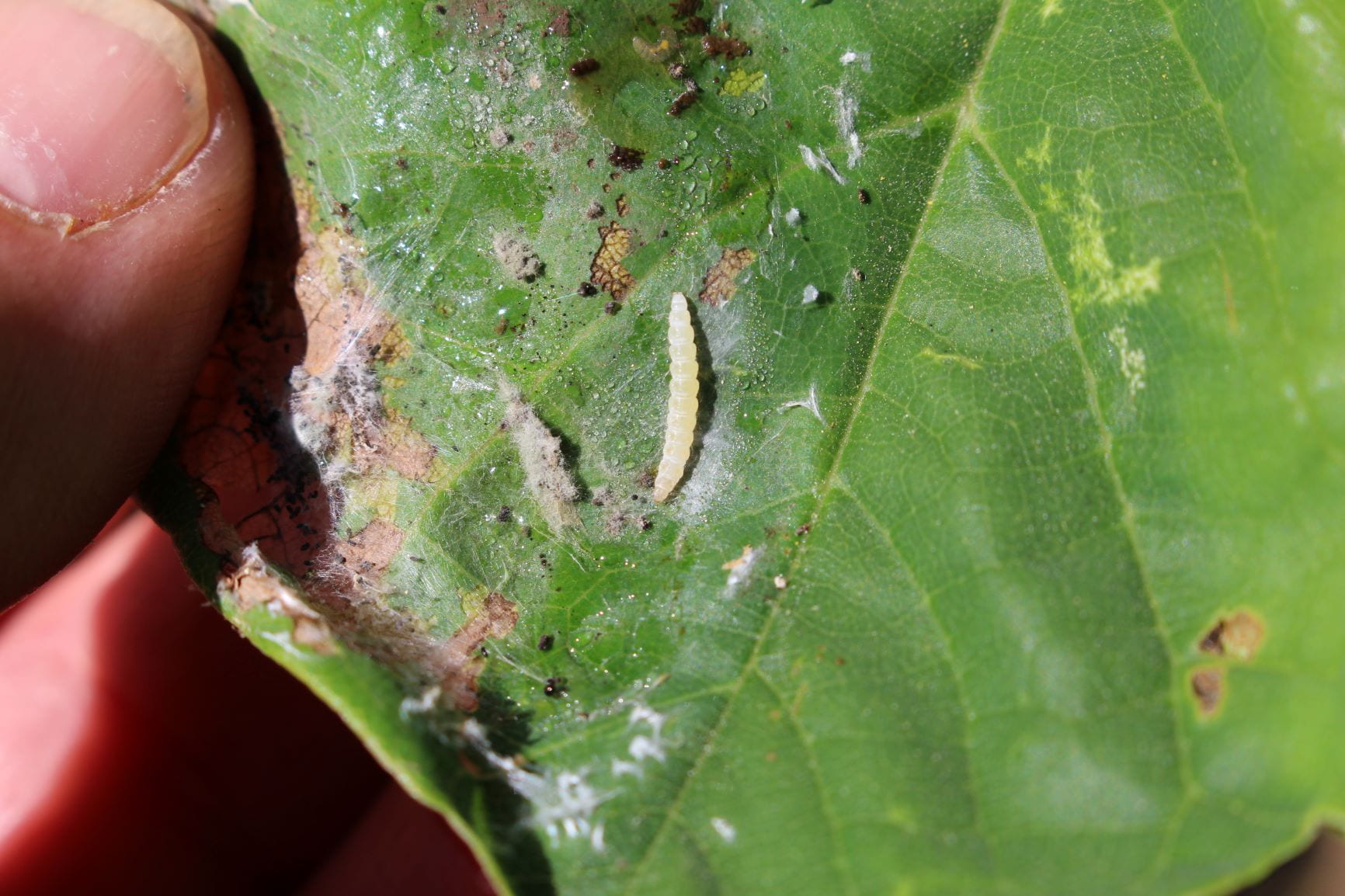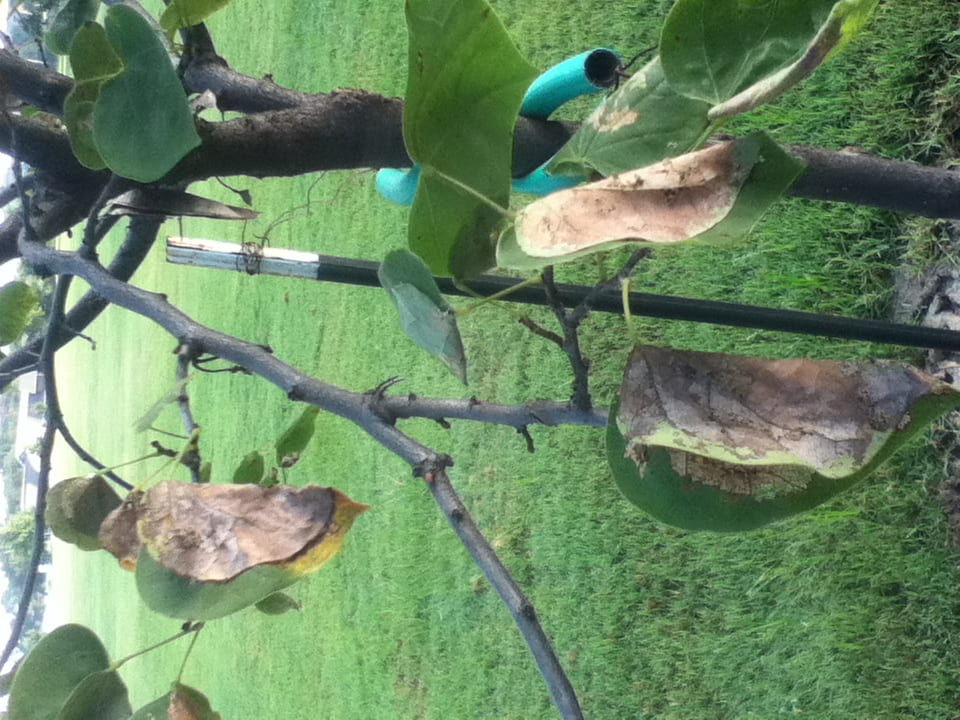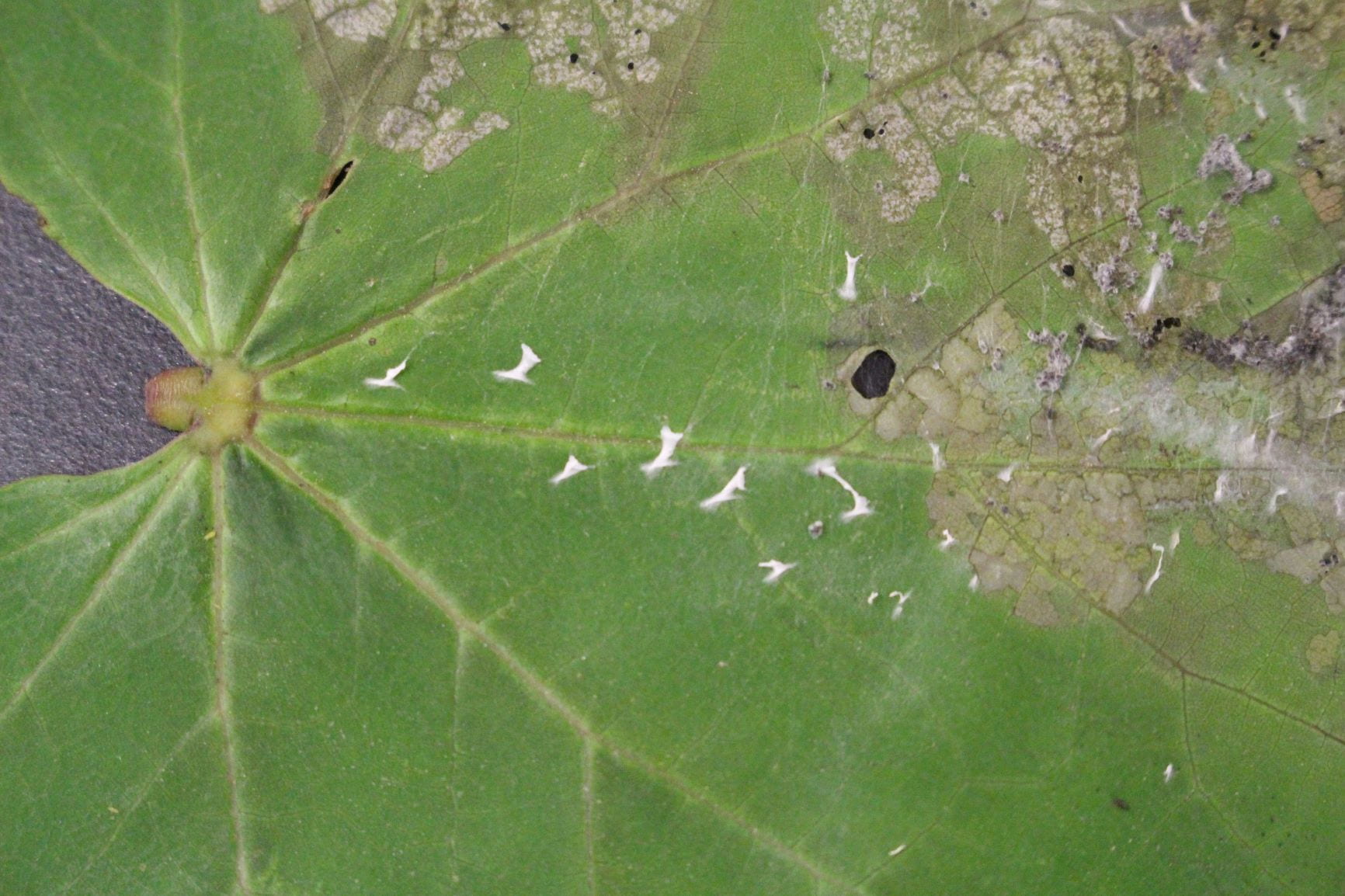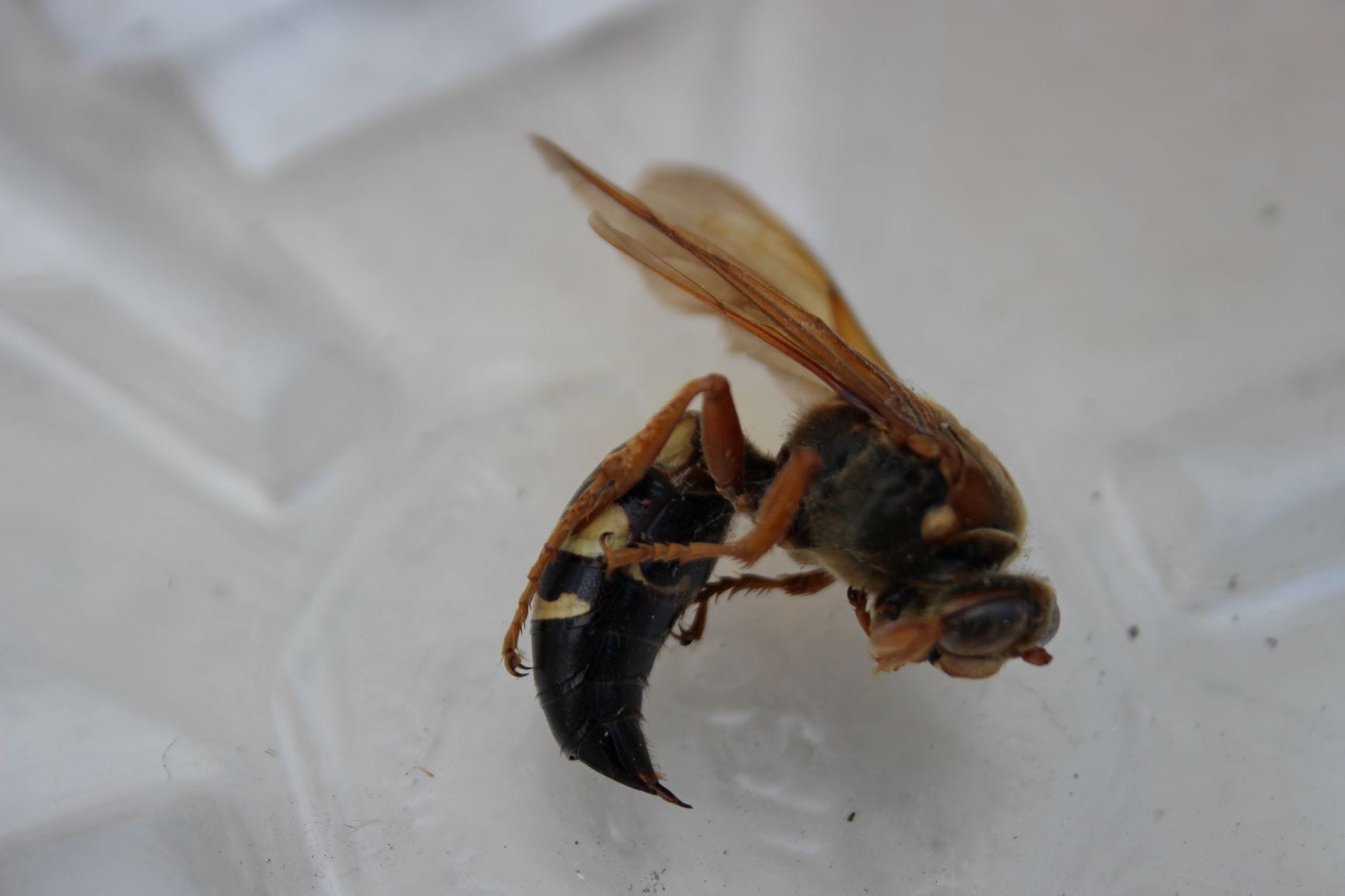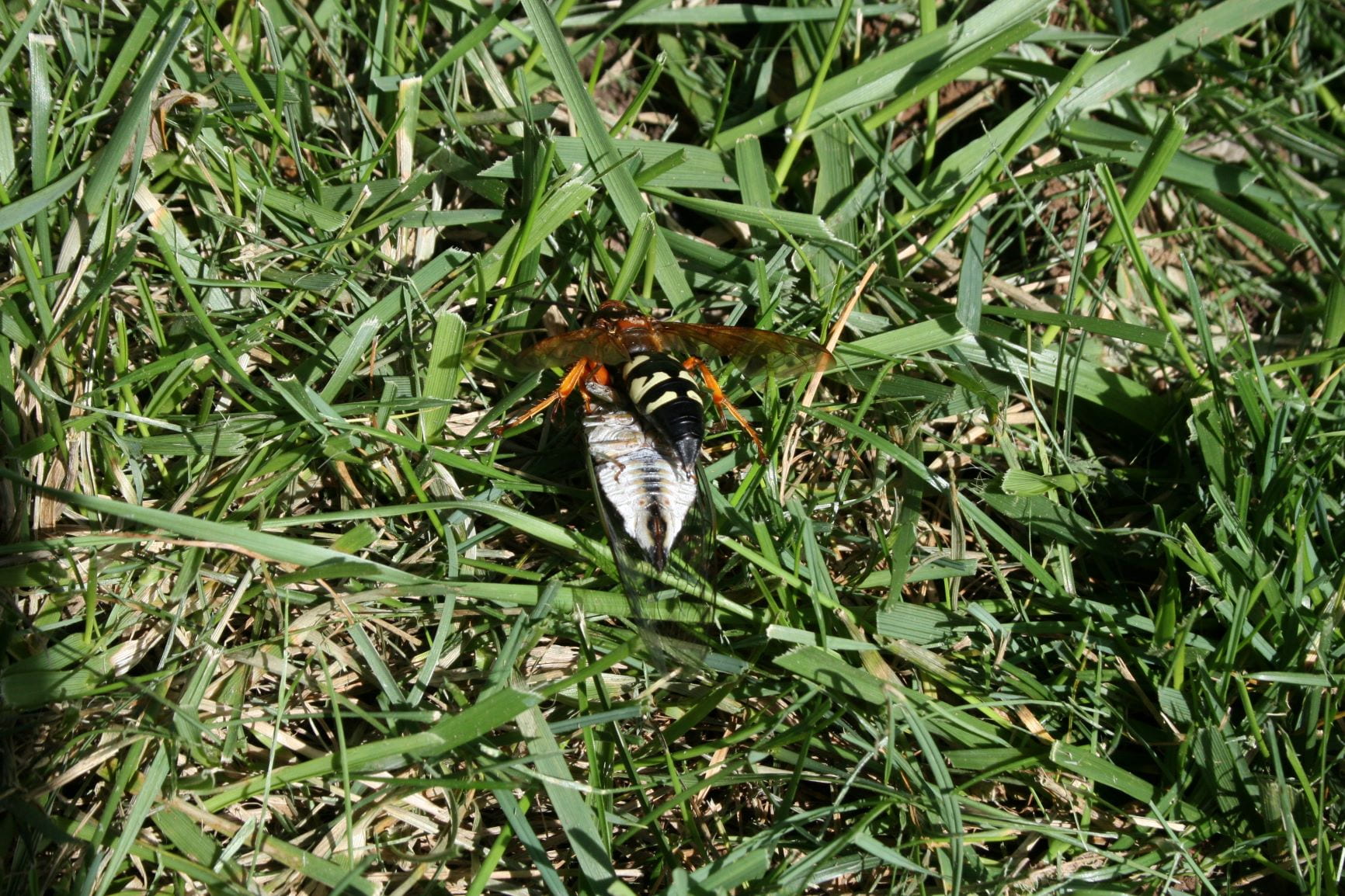— by Raymond Cloyd — Horticultural Entomologist
Second-generation fall armyworm, Spodoptera frugiperda, caterpillars (larvae) are present throughout portions of Kansas. Those of you that have re-seeded your turfgrass should be on the lookout for the young caterpillars and take appropriate measures to prevent or minimize turfgrass damage.
Fall armyworm cannot survive exposure to freezing temperatures. Consequently, fall armyworm does not overwinter in Kansas, but can overwinter in mild climates such as southern Florida and Texas. The ability of fall armyworm to invade an area depends on prevailing weather conditions during the winter months in the regions where they overwinter. Cool, wet springs followed by warm, humid weather and abundant rainfall favor the movement of fall armyworm northward. Weather fronts are how fall armyworm moths disperse to other regions of the USA. Favorable conditions that can lead to massive infestations of fall armyworm include cool weather, abundant rainfall, well-managed turfgrass, and few natural enemies (e.g. parasitoids and predators). Fall armyworm outbreaks occur at irregular intervals throughout the USA.
Adult female and male moths (Figure 1) are typically active at night (nocturnal) and are attracted to lights. After mating, females lay gray, cottony egg masses on the surface of an assortment of objects or surfaces, including plant leaves, grass blades, twigs, windowpanes, and fence posts (Figure 2), sides of buildings, flag poles, golf carts, and decks. The number of eggs per mass is between 100 and 200 with up to 2,000 eggs laid per female. The eggs are covered by dense hairs resembling gray cotton or flannel. Caterpillars emerge (eclose) from eggs in two to four days at temperatures between 70 and 80°F (21 and 26°C). The higher temperatures lead to faster development.

Figure 1. Fall armyworm adult (Raymond Cloyd, KSU)
Picture not available —– Figure 2
Caterpillars create silken strands, which allow them to reach the turfgrass. Early instar (young) caterpillars are 1/16 of an inch (2.0 mm) in length and light-green (Figure 3). Later instar (older) caterpillars are 1.5 inches (38 mm) long, tan to olive-green, with stripes that extend the length of both sides of the body (Figure 4). Fall armyworm caterpillars can be distinguished from true armyworm, Pseudaletia unipunctata, caterpillars by the presence of a light-colored, inverted Y-shaped marking on the front of the head (Figure 5). In addition, fall armyworm caterpillars have four black tubercles on the back of each abdominal segment.

Figure 3. Fall armyworm early instar caterpillar (Raymond Cloyd, KSU)

Figure 4. Fall armyworm later instar caterpillar (Raymond Cloyd, KSU)

Figure 5. Y-shaped marking on the head of fall armyworm caterpillar (Raymond Cloyd, KSU)
There are six larval instars. The first three instars feed on the underside of leaf blades, in leaf folds, or on the leaf margins resulting in a tattered appearance. The last three instars feed on leaf blades all the way down to the crown of the turfgrass resulting in extensive damage (Figure 6) in two to three days. At high densities, caterpillars will exhibit cannibalistic behavior—or eat each other.

Figure 6. Turfgrass damage caused by fall armyworm caterpillar feeding (Raymond Cloyd, KSU)
Caterpillars feed during the day and night. If disturbed, caterpillars will fall onto the soil surface and curl-up (Figure 7). If you look at the soil surface where the leaf blades have been chewed-down, you will notice piles of green frass or ‘caterpillar poop’ (Figure 8). Eventually, the sixth larval instar enters the soil and pupates in a silken webbing or cocoon at depths of 1.0 to 3.0 inches (2.5 to 7.6 cm). The soil depth that pupation occurs is contingent on soil texture, moisture, and temperature. Adult moths that emerge (eclose) from the pupae can live up to 21 days. The life cycle takes approximately four weeks to complete although development is dependent on temperature. Bermudagrass, Cynodon dactylon; tall fescue, Festuca arundinacea; and creeping bentgrass, Agrostis stolonifera, may be fed upon by fall armyworm caterpillars. There are one to two generations per year in Kansas.

Figure 7. Fall armyworm caterpillar curled-up on soil surface (Raymond Cloyd, KSU)

Figure 8. Fecal deposits or frass associated with fall armyworm caterpillar feeding (Raymond Cloyd, KSU)
There are no preventative treatments for fall armyworm. Consequently, when the young caterpillars are present, contact or stomach poison insecticides can be applied including those with the following active ingredients: azadirachtin, Bacillus thuringiensis subsp. kurstaki, bifenthrin, chlorantraniliprole, cyfluthrin, permethrin, lambda-cyhalothrin, and spinosad. Repeat applications of an insecticide may be needed depending on the extent of the infestation. However, check your turfgrass at least twice per week to determine if an insecticide application is warranted.
